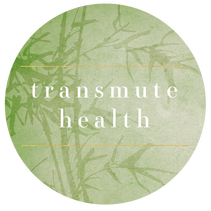|
Distal acupuncture means that the site of needle insertion is usually distant to the area in which the client is experiencing their symptoms. The reason I tend to utilise this method the most is that often the symptoms are just the "branch" of the problem, whereas I prefer to get at the "root" of the problem to promote deeper healing, and reduce the likelihood of the symptoms flaring up again later. Often the best way to get at this root is to make use of the body's channel or meridian system. This is a network of pathways throughout the body which can be manipulated to effect change in the individual's physiology (including blood, nerves, cells, etc). I have found that a stronger effect can be gained by using distal parts of the same channel in which symptoms arise, or even by using other channels which have a "balancing" effect on the problem area.
Using these methods of distal acupuncture also means I can treat conditions where symptoms present internally or in sensitive area without clients having to fully disrobe or experience discomfort. The most commonly used areas for distal acupuncture are the legs (from knees to feet), the arms (from elbows to hands), and the head (usually the top and back). There a re two main modern strands of distal acupuncture: the Balance Method of Master Tan, and the school of Master Tung. I am trained and proficient in both of these styles, and have used them to treat a wide variety of common (and not-so-common) health cnditions.
0 Comments
|
AuthorSimon Murray Archives
March 2020
Categories |


 RSS Feed
RSS Feed
